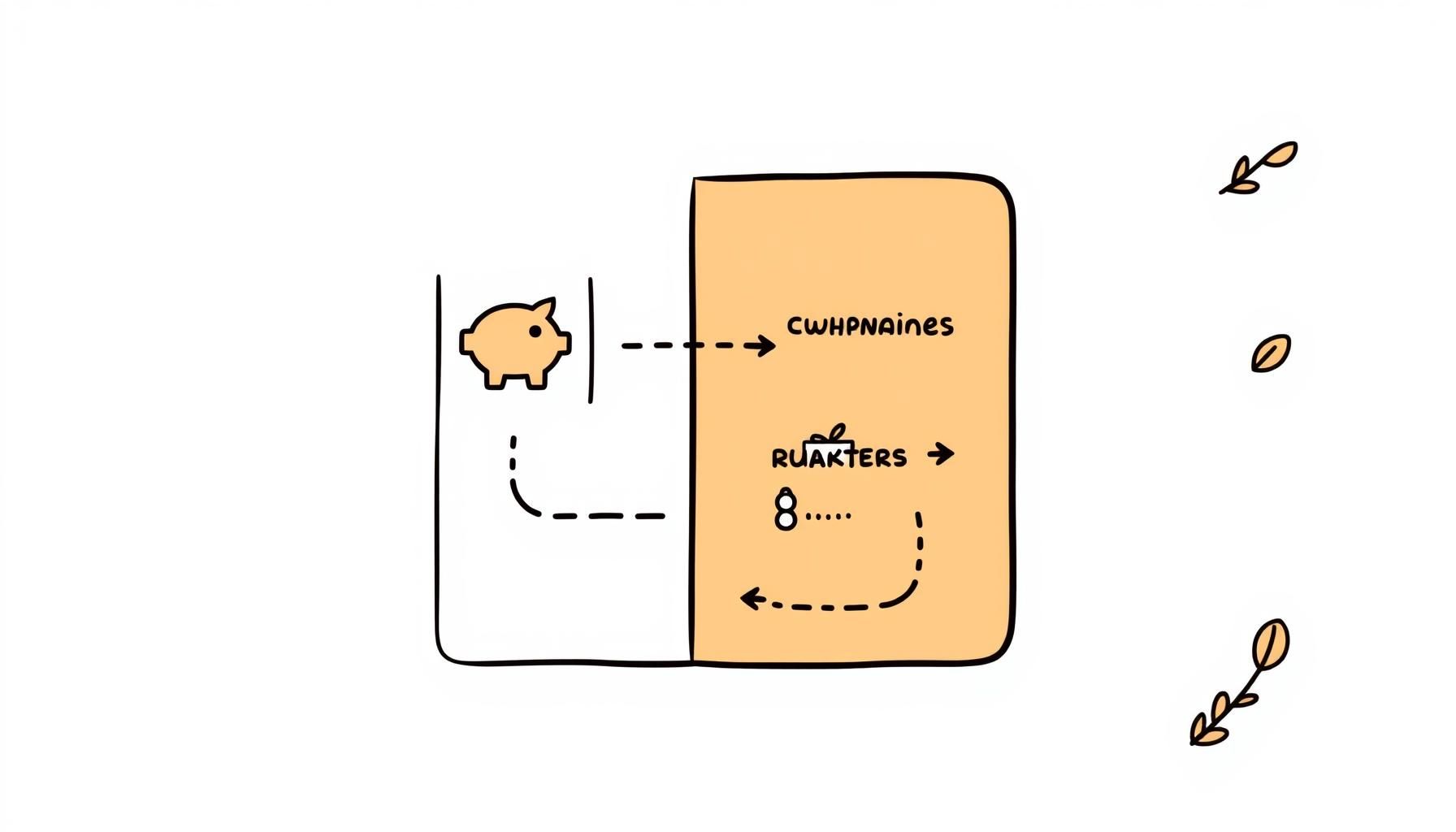
You know, remember explaining compound interest to a seven-year-old? Feels like describing blue to someone blind to the sky. As digital wallets and instant transactions dominate, how do we build financial confidence in this AI age? Today’s smart tools bridge the gap between traditional piggy banks and modern realities, transforming allowances into quiet lessons about patience and planning. These aren’t overly technical exercises — they’re location-based budgeting adventures that makes concepts stick through relatable moments. The best part? You don’t need Ivy League spreadsheets. Just show up with your curiosity and watch those brick-and-mortar budget questions turn into teachable Jams.
How AI Bridges Old-School Values and Digital Wallets?

Let’s be real: most of us didn’t get personal finance lessons as kids. Sure, we practiced sewing buttons in home ec and mastered macaroni necklaces, but household budget spreadsheets? No way. Fast forward to a tap-and-go world where subscription traps feel like playing tag in a crowded supermarket aisle. Financial literacy isn’t about being the Mario Kart Lightning Lap pro at compound interest — it’s understanding ownership versus obligations within AI-driven frameworks. Imagine those Saturday rice cake snacks turning into mini money masterclasses when you ask, “Where did this virtual cash vanish?” Digital tools create storybook pictures of spending habits while validating those warm kitchen table chats through real-time tracking features.
What if your child’s first financial lesson came not from spreadsheets, but from the grocery aisle?
Digital Helpers Growing Financial Roots in Elementary Explorers

Enter your pocket’s unsung heroes: digital helpers revolutionizing financial literacy for kids! They’re not just sorting vacation checklists — they’re rebuilding home money talks. One evening she noticed skipping two gummy bear purchases funded a telescope — who knew it felt like magic, just from saving gummies? Edtech pioneer tools condense economic theories into jellybean economics for young minds (and older parents too!). Research shows families exploring AI guides with genuine curiosity (like asking “How do I grow imaginary savings?”) gain real confidence. When apps help guard against zombie charges, they offer dramatic data visibility perfect for balancing work-life limbo and bedtime drama. What’s wild? Many apps can adjust to your family’s pace, not some algorithm-controlled Auto Mode. Real cooperative learning!
Can technology ever replace that feeling of dropping coins into a physical piggy bank and hearing them rattle?
Will Money Apps Ever Replace Papa’s Succession Plan?

But give me a sec — can any machine match human intuition about rainy-day reserves? There was that time an AI confidently claimed unicorn sitters cost less in July, making us facepalm. Edtech still occasionally confuses subway tokens with crypto emojis, right? Big life decisions — whether to splurge on bubble tea or save for university — demand emotional intelligence apps can’t currently handle. Professionals warn blind trust might mute deeper life lessons. This is where humans shine: teaching trade-offs that no AI angel investor can explain. Financial education should mirror baby steps in puddles — floaties help with initial typhoons, but parental cheers build true swimmers. When budgeting apps suggest trimming arcade visits, that’s your cue to discuss priorities. This hybrid approach creates stronger outcomes than tech alone while aligning with search engines seeking practical parenthood hacks.
What values are we teaching when we trust algorithms over our own financial wisdom?
Turning Budgets into Popsicles: Money Games

The CHEMISTRY kicks in when math meets play! Give junior a $10 grocery “mission” with smart receipt-trackers. Watch her debate identical yogurt brands like Sheldon Cooper until victory sparks! Our daughter stared in amazement when cartoon coins vanished from the screen after chocolate chip muffins. Try transforming allowance into “Monopoly Journey” mode: “Save for popcorn machine versus pig plushie?” These aren’t hilarious TikTok trends — they’re sneaky delayed gratification lessons cultivated through interactive budget theater. When the soda pop spending spree removeAll pink gelatin from the pantry? Laugh it off! “Hmm, time to track our dental budget?” Remember: inconsistent rhythms beat spreadsheet perfection when mastering Google voice search’s natural patterns.
How might your child’s relationship with money change if every purchase became a visible, interactive experience?
Financial Strength Rooted in Failure-Proof Memories

It’s not about spreadsheet fluency — it’s building calm in life’s cash-speed bumps. A daughter tracking movie rentals learns resilience for fixing soda-stained blazers or navigating future career shifts. Need empirical evidence? I’ve seen kids replace candy goals with consistent savings habits through weekly tracking party tricks. Parents whispering “Let’s adapt together” aren’t just raising number crunchers — they’re cultivating unshakable learners ready for chatbot-dominated workplaces. This aligns with search trends wanting practical parenthood connections. The real inheritance isn’t how full that jars get, but the unstoppable feeling they’re acquiring while cycling to nearby weekend spots, sharing rice cake snacks, playing backyard macro budget hopscotch, or reimagination coding games during garden breaks.
What financial memories will your child carry into adulthood, and how will they shape their relationship with money?
Source: How AI Can Help Boost Financial Literacy For Fintech Users, Forbes, 2025-08-14 19:06:46
